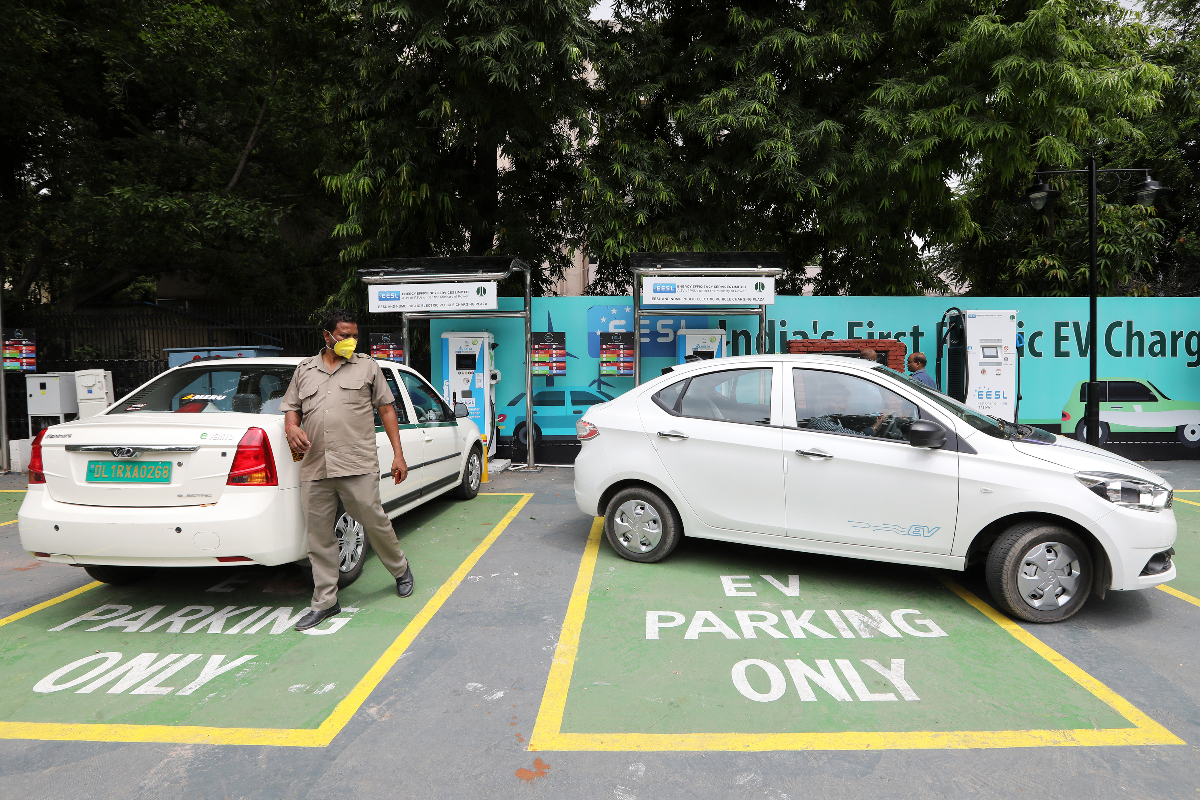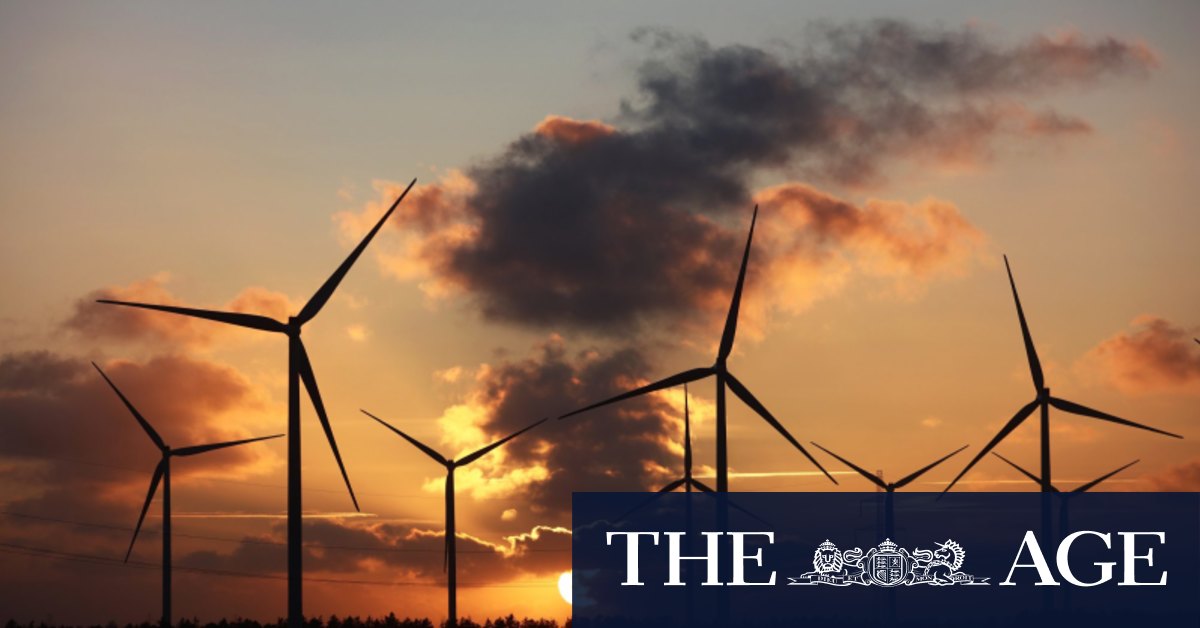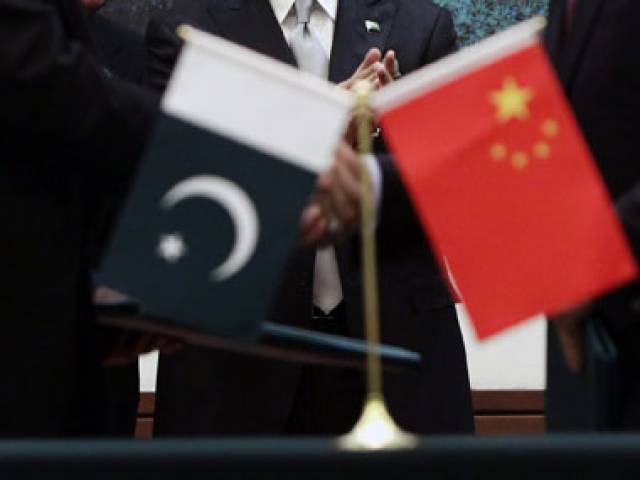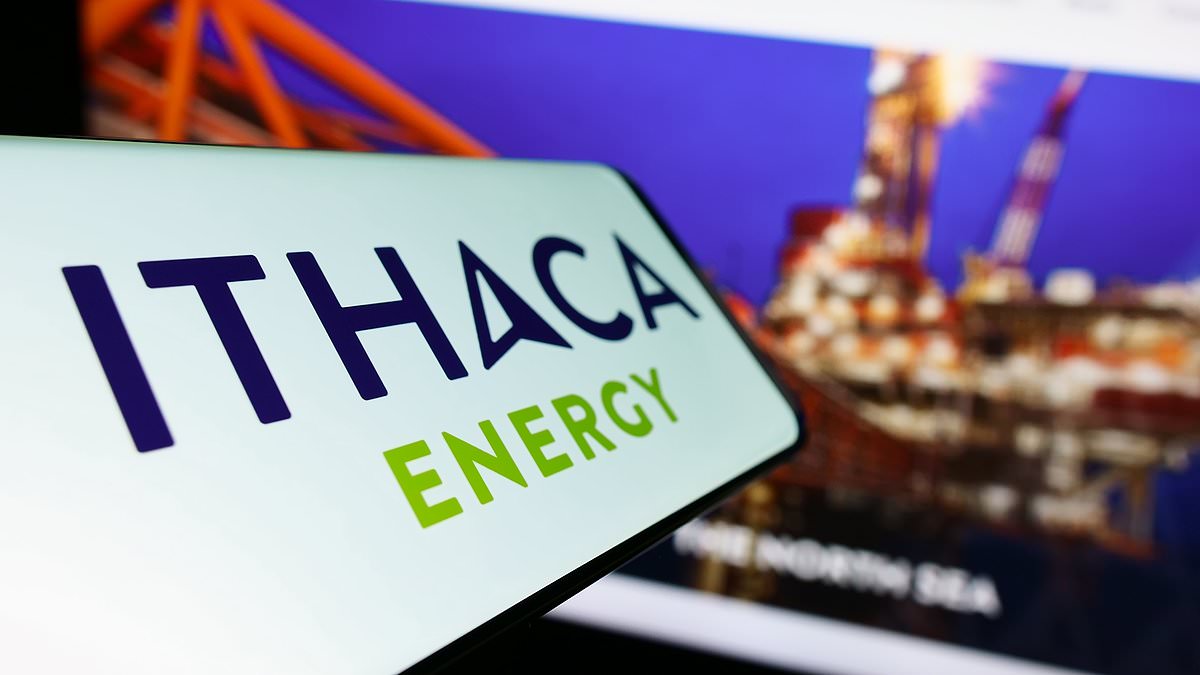India, a major player in the global automotive industry, is turning its focus towards alternative fuels in 2024. The country, ranking as the third-largest automotive market, aims to address pollution concerns while expanding its consumer and vehicle bases. The year 2024 is anticipated to be pivotal for India as it encounters challenges in providing accessible growth capital to late-stage startups and seeks to attract foreign EV manufacturers, including the likes of Tesla.
Electric Vehicle Performance in 2023
In 2023, India, renowned as the world’s largest two- and three-wheeler manufacturer, achieved total vehicle sales of almost 24 million units.
Of these, electric vehicles (EVs) constituted over 1.5 million units, capturing 6.35% of the total market.
The EV sector witnessed a robust growth of nearly 47%, with a total of 3.5 million electric vehicles sold in the country.
Two-wheelers dominated EV sales, representing over 47%, followed by four-wheelers at approximately 8%.
The growth in EV sales slowed down compared to the previous two years, attributed in part to subsidy reductions under the FAME-II (Faster Adoption and Manufacturing of [Hybrid and] Electric Vehicles) scheme.
The abrupt subsidy cut impacted electric two-wheeler sales, causing a temporary decline.
Despite short-term challenges, the market rebounded, and players like Ather Energy anticipate a gradual, sustainable growth trajectory.
Government Initiatives and Industry Responses
FAME-II, a $1.38 billion incentive scheme, witnessed a reduction in subsidies for two-wheelers, impacting sales.
Government data reveals over $628 million in subsidies provided through December 1, fostering the sale of 1.15 million electric vehicles.
Industry players urge the government to continue subsidies for the next two to three years to support market growth.
Production-Linked Incentive Scheme
A $3.11 billion incentive scheme aimed at boosting domestic manufacturing attracted investments, with Tata Motors and Mahindra & Mahindra benefitting early on.
The government reported over $1.43 billion in investments resulting from the scheme until the second quarter of the financial year 2023-24.
Consumer Trends and Future Outlook
Premium electric two-wheelers gained traction, with consumer trends leaning towards higher-priced models.
Top players, including Ola, TVS Motor, Ather Energy, and Bajaj, now capture around 80% of the electric two-wheeler market.
Market observers predict a continued focus on premium models in 2024.
Regional Sales and Commercial Segment Growth
Electric two-wheeler sales expanded in tier two and tier three towns, constituting 57% of Ather Energy’s sales.
Investors foresee accelerated growth in the business-to-business (B2B) segment, driven by use cases such as three-wheeler cargo, passenger vehicles, and delivery services.
Investment Landscape and Global Presence
Equity investments in India’s EV market witnessed a 52% decrease, amounting to $1 billion in 2023, compared to $2.1 billion in 2022.
Investors attribute the drop to high valuations in existing startups and note that new companies are raising capital at more reasonable valuations.
Global Entrants and Market Opportunities
Despite the decline in funding, investors remain optimistic about capital flow in 2024, anticipating a focus on B2B use cases.
India’s growing global presence positions it as a strategic player in the context of the China+1 strategy for global companies.
Global EV giants, including Tesla and VinFast, are eyeing entry into the Indian market, prompting a new EV policy to attract foreign manufacturers.
Challenges and Future Developments
Addressing charging infrastructure challenges remains crucial for mass EV adoption.
Companies collaborate on standardized charging solutions, with Ather Energy leading initiatives for interoperability.
Alternative Technologies and Raw Materials
Exploration of alternatives to lithium, such as sodium-ion-driven technologies and silicon anode, gains attention.
Ensuring access to raw materials for batteries becomes imperative for sustaining the EV revolution in India.
Government Support and Policy Predictability
Continued government support through subsidies and policy predictability is essential for the industry’s sustained growth.
Industry players emphasize the need for clear and stable policies to facilitate long-term business planning.
Conclusion: Charting India’s EV Trajectory in 2024 India’s electric vehicle landscape in 2024 is marked by a dynamic interplay of challenges and opportunities. With a focus on sustainable growth, the industry anticipates navigating subsidy changes, fostering B2B use cases, and attracting global players. The coming year will likely shape India’s EV trajectory, influencing its position in the global shift towards electric mobility.
Source: techcrunch.com





